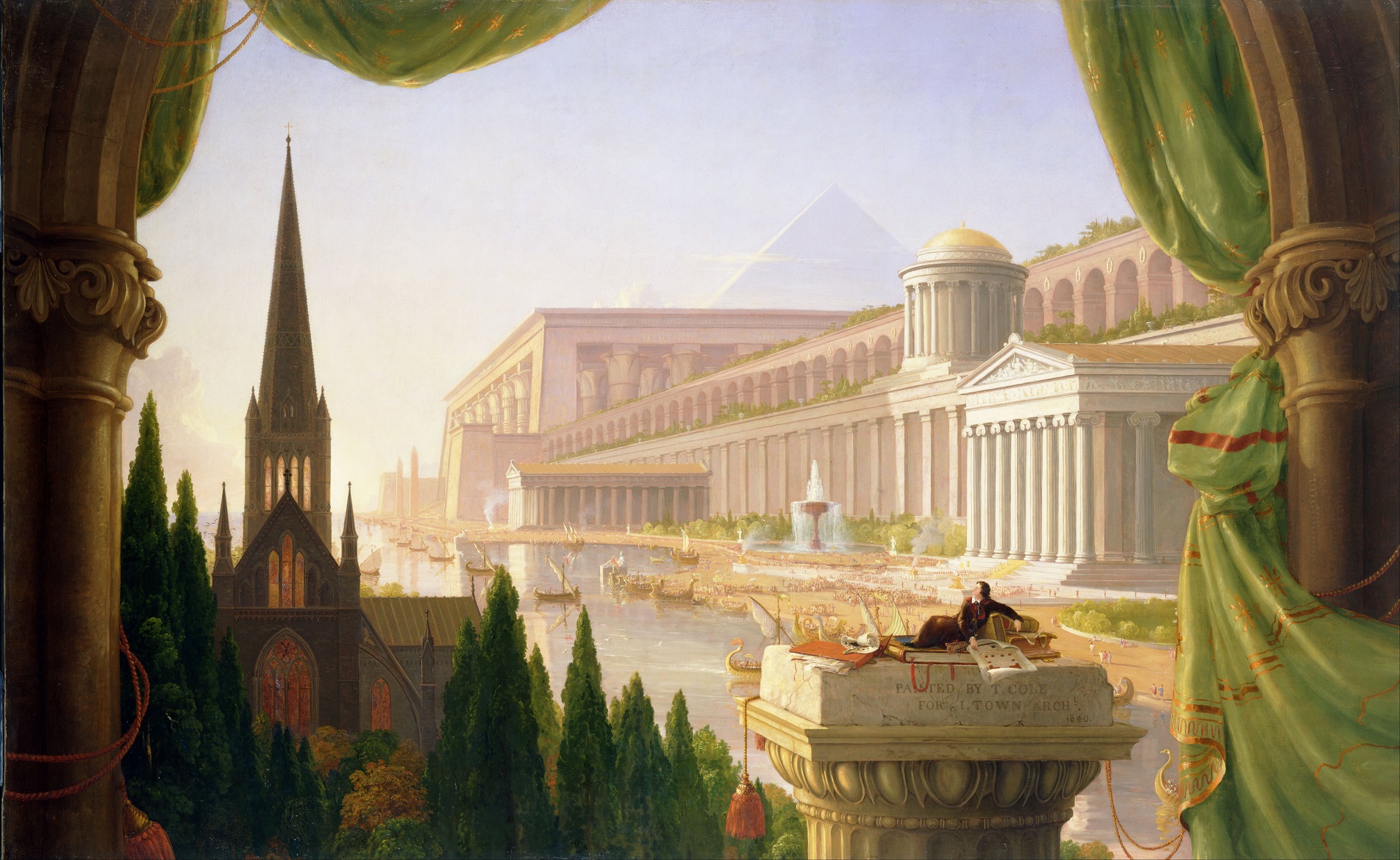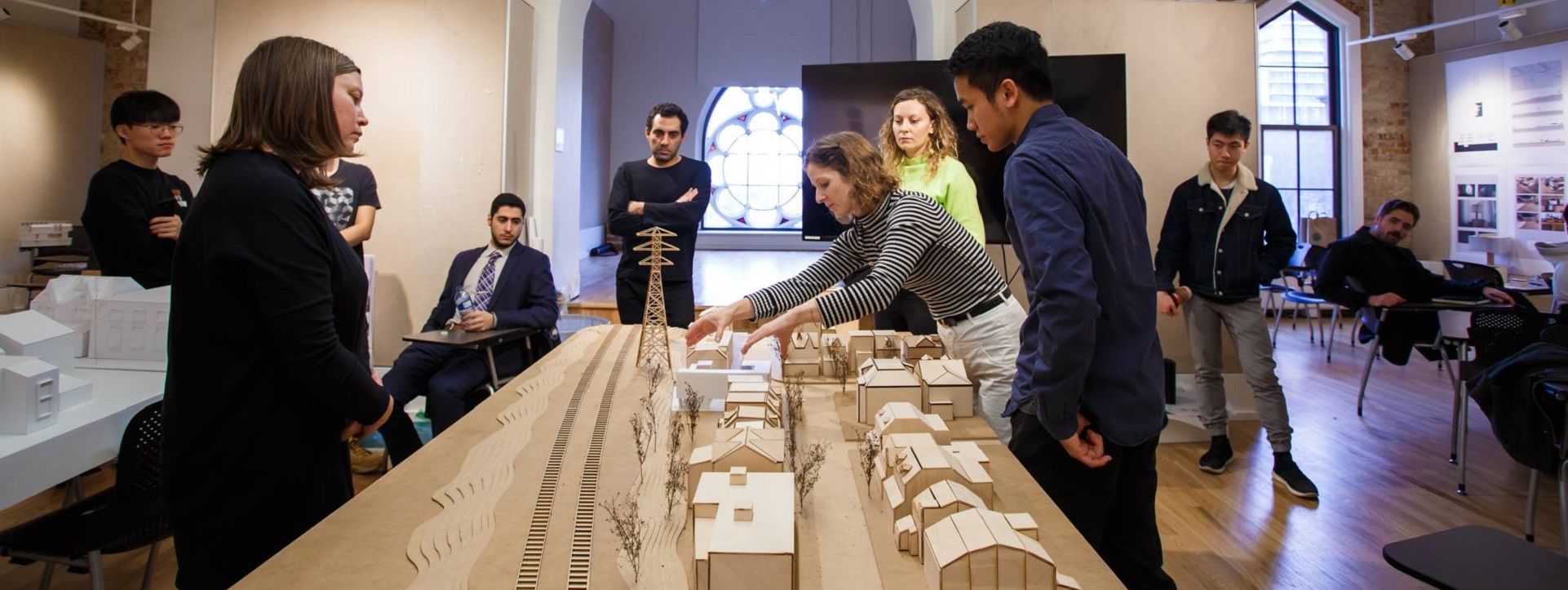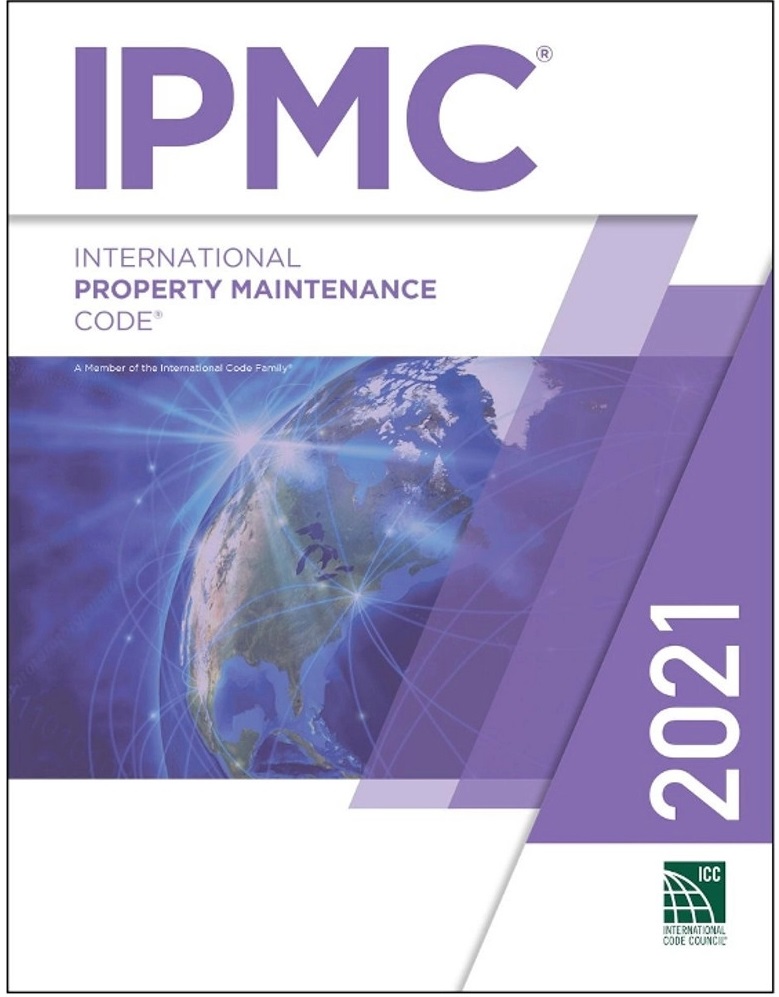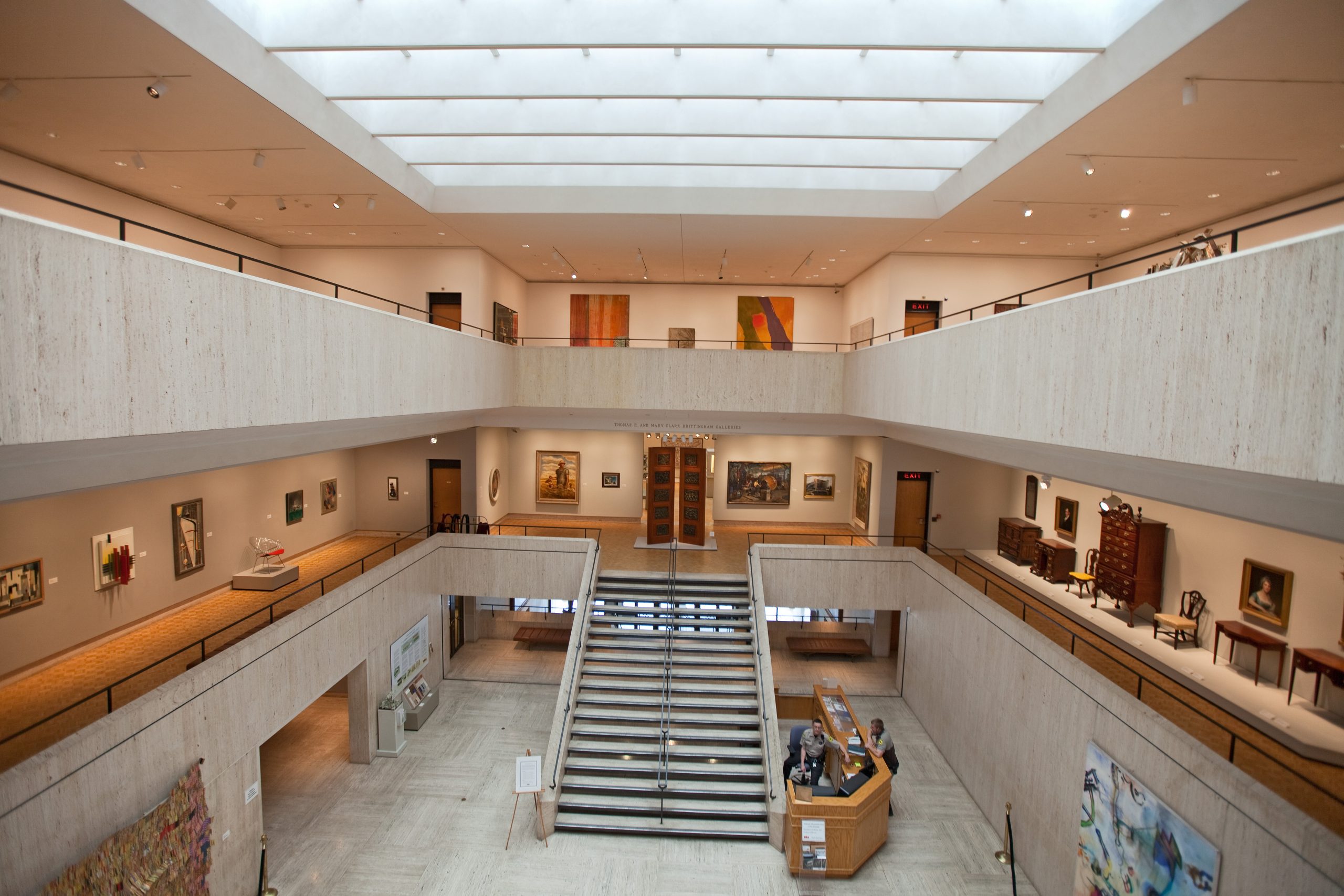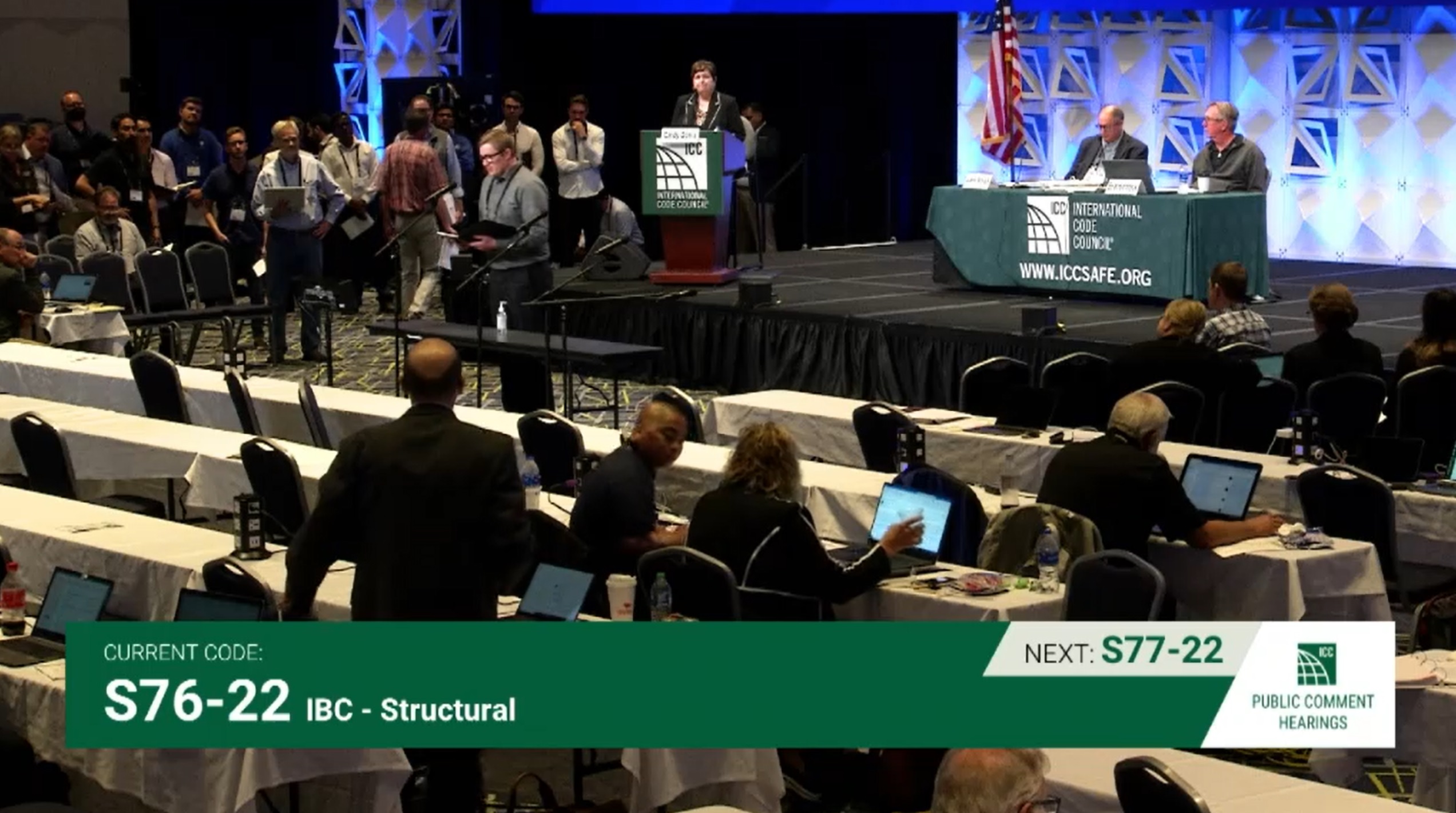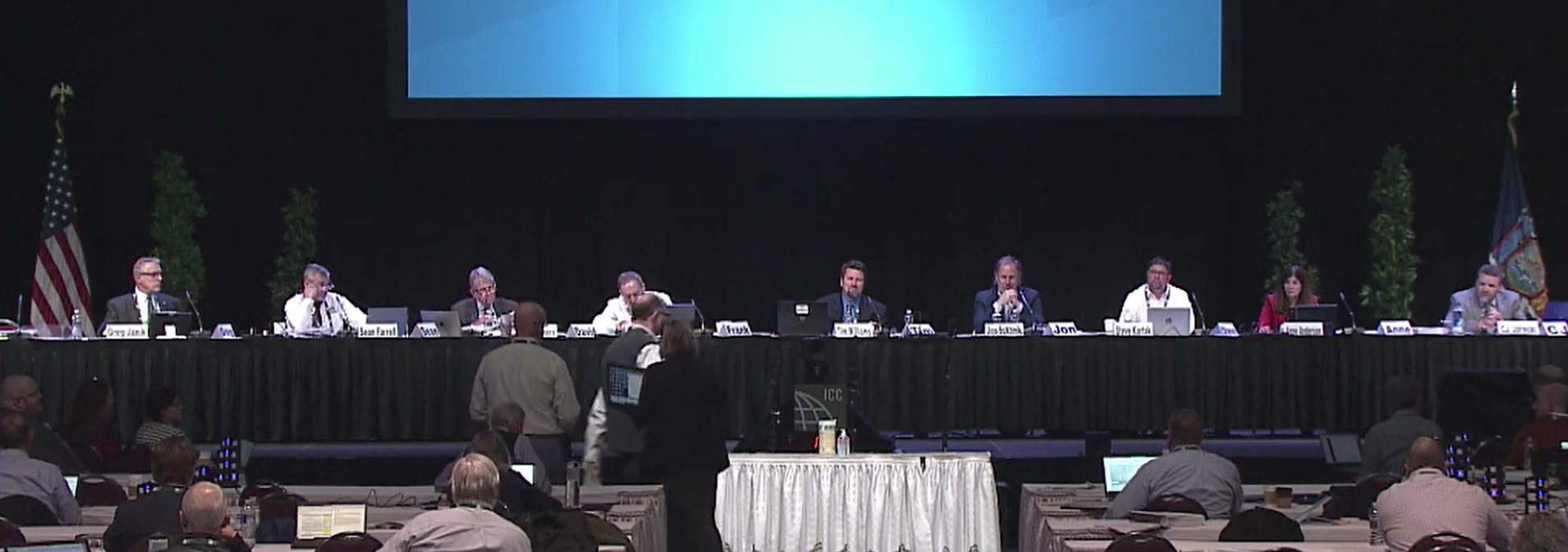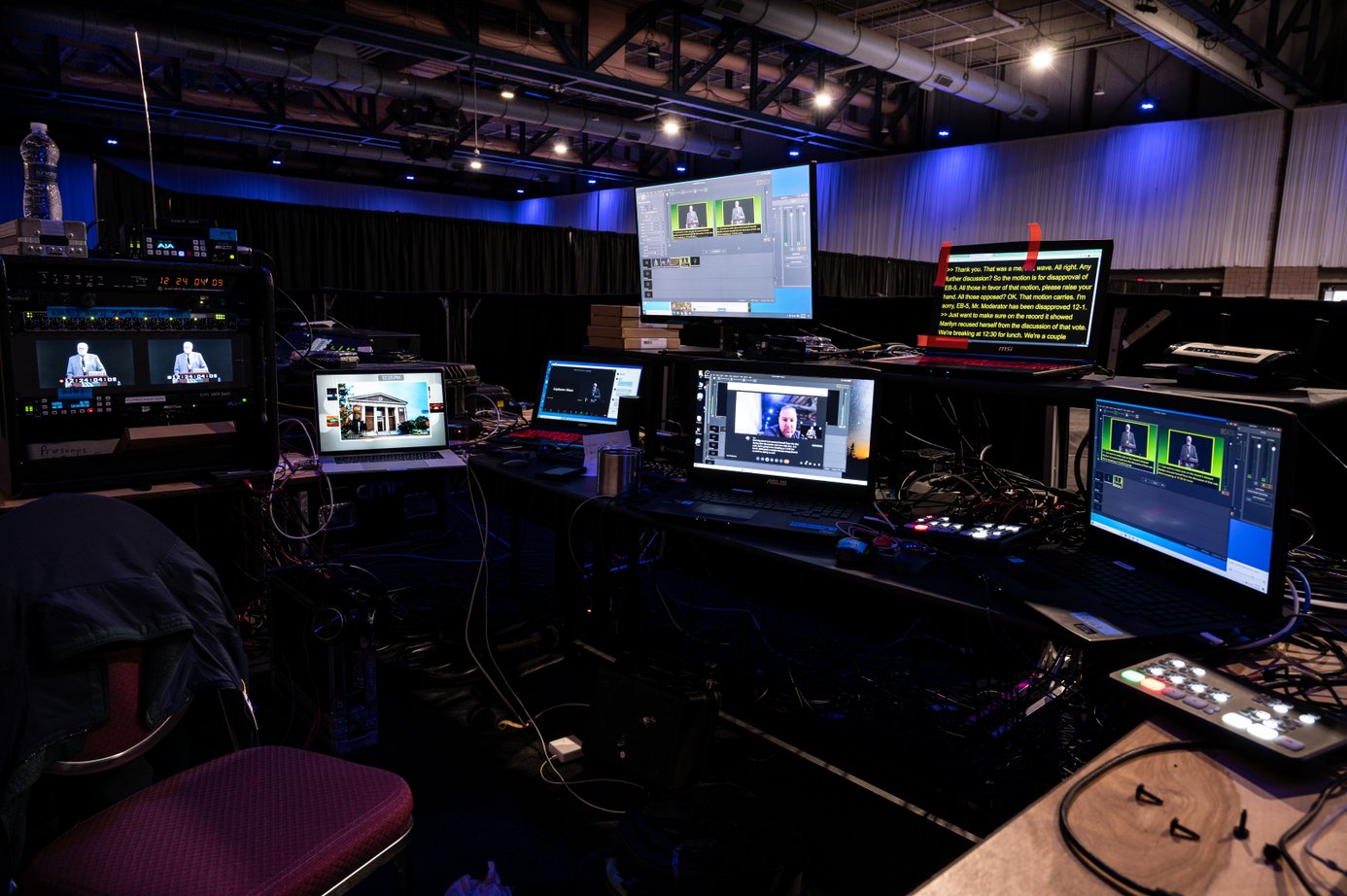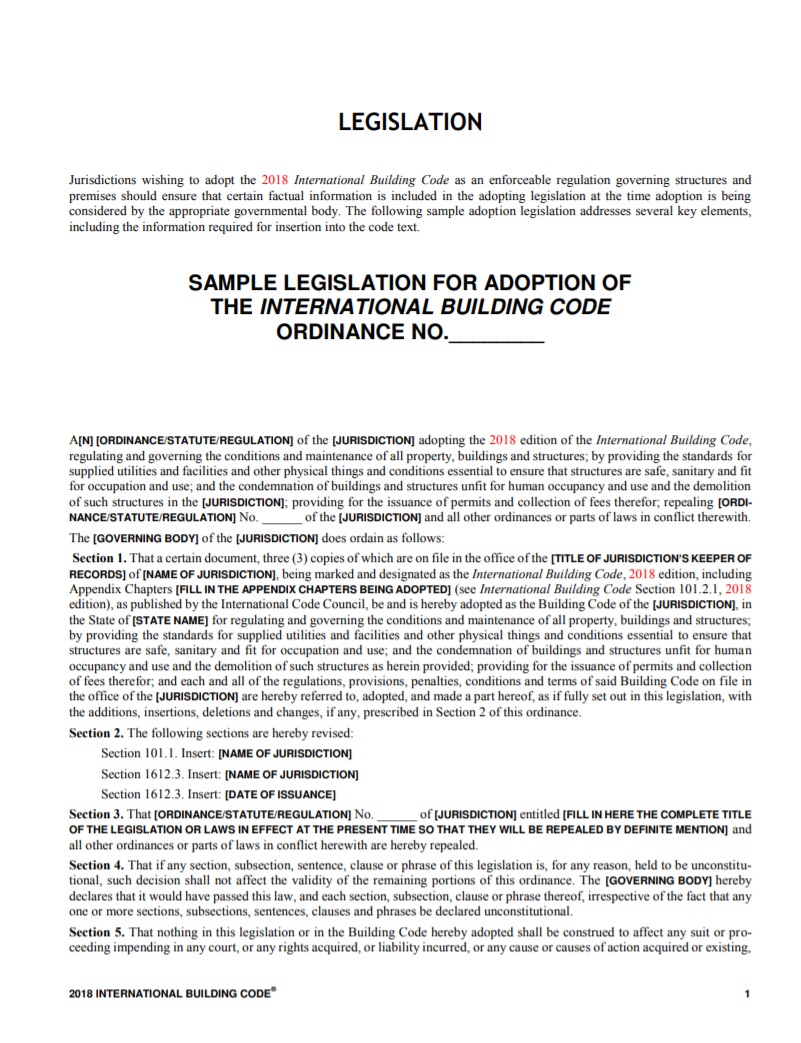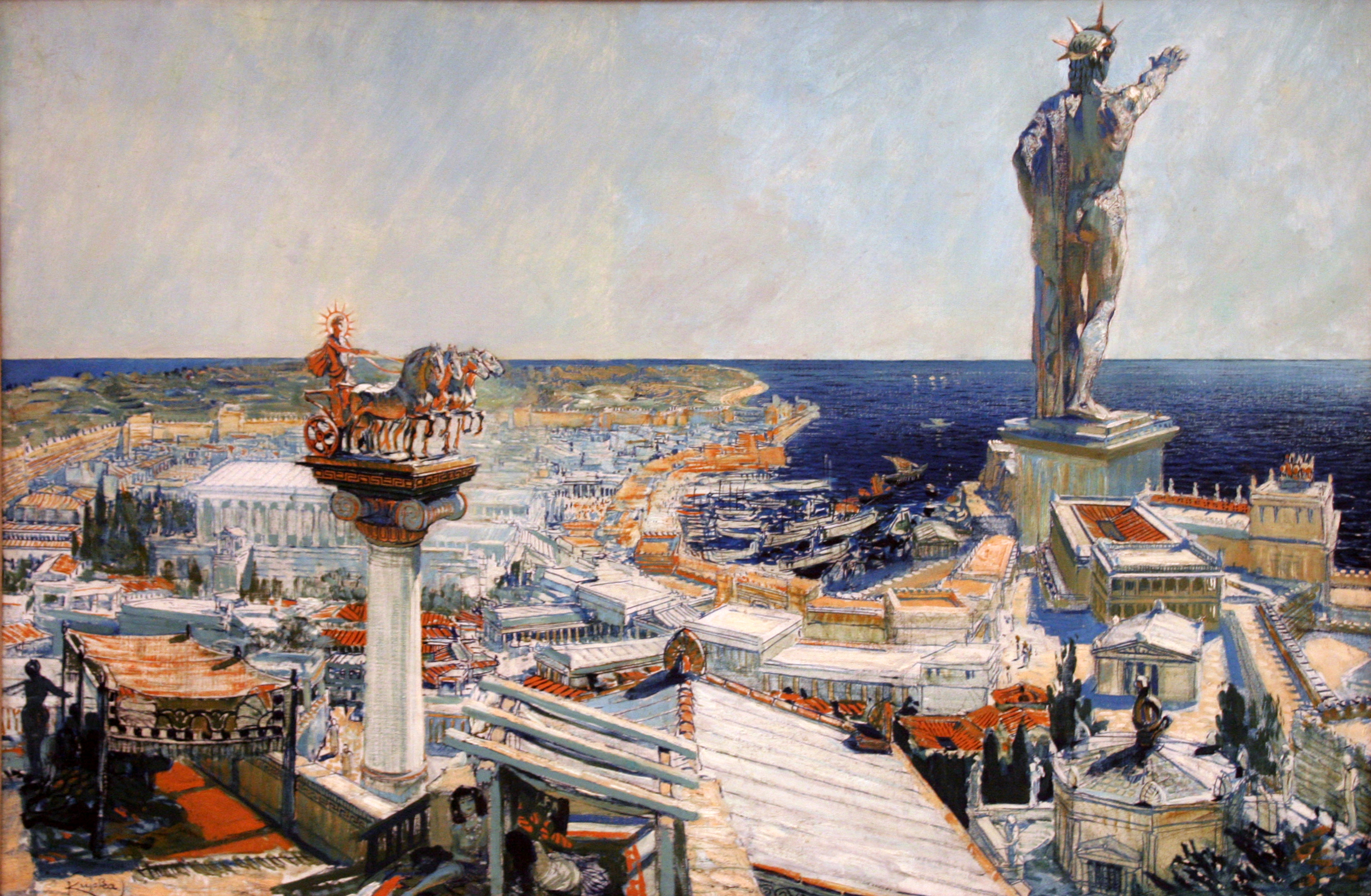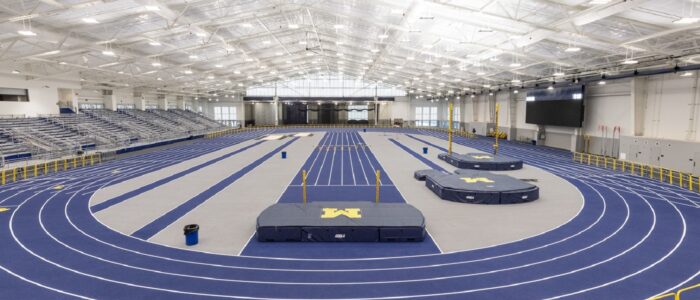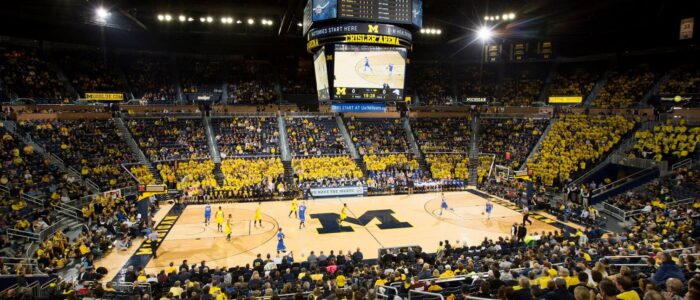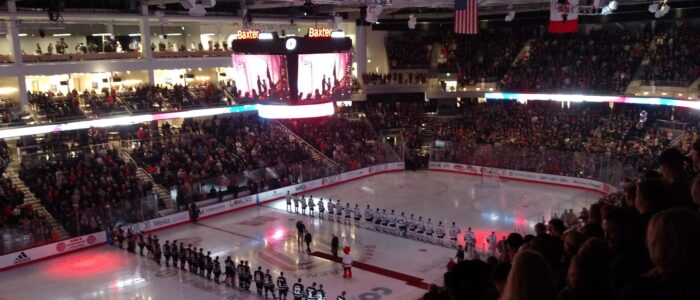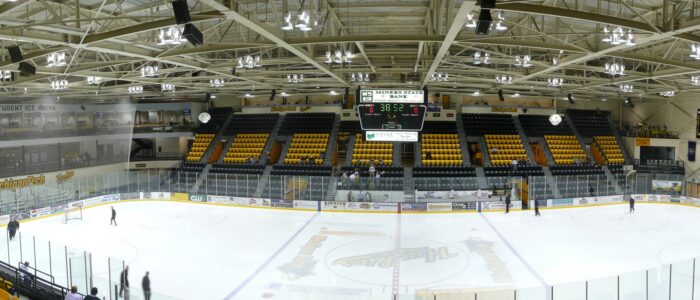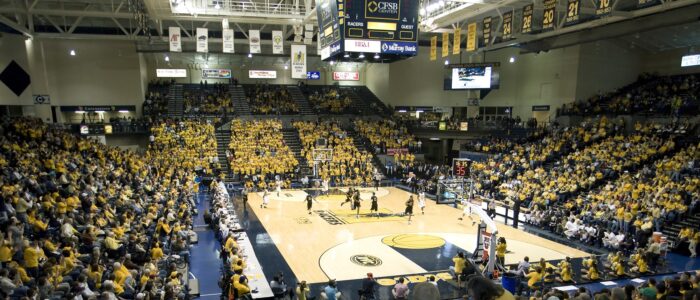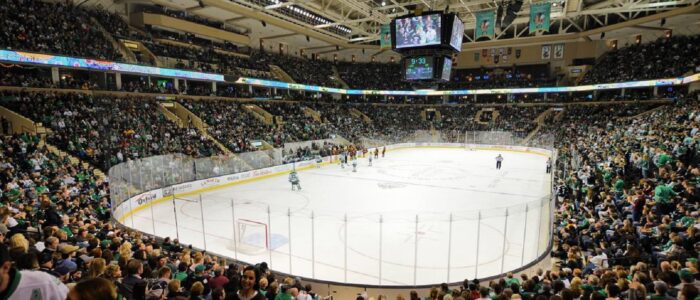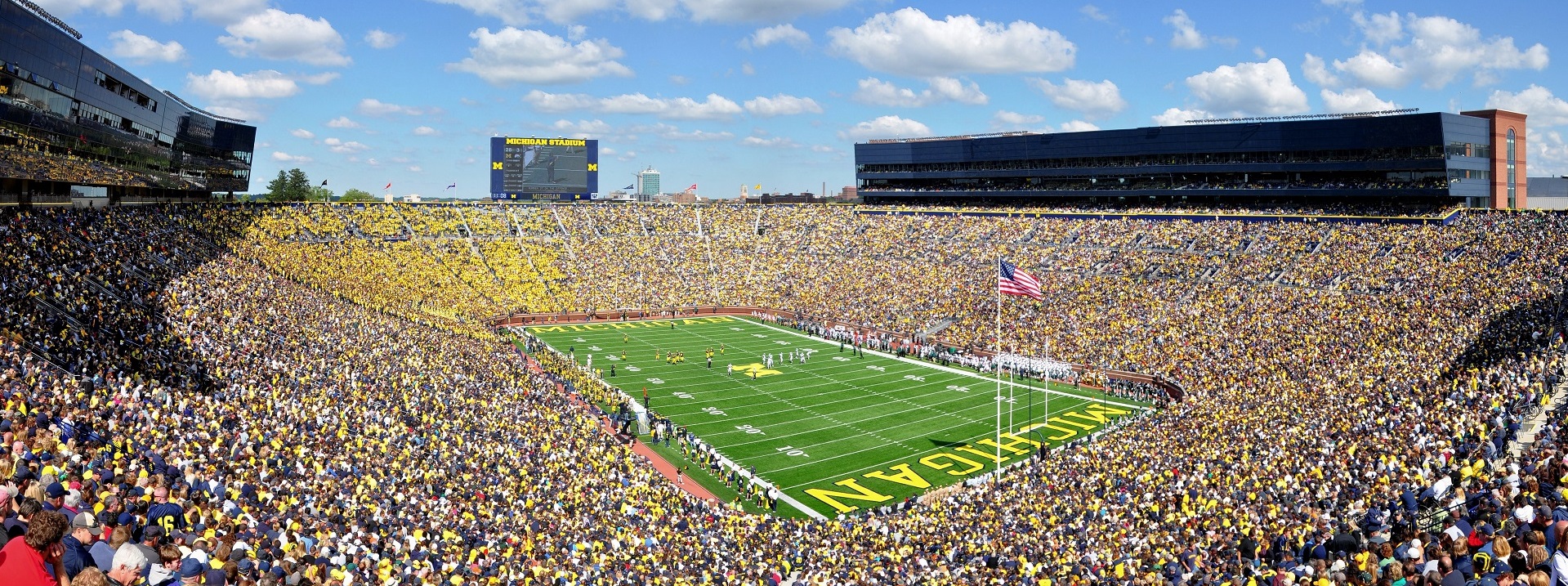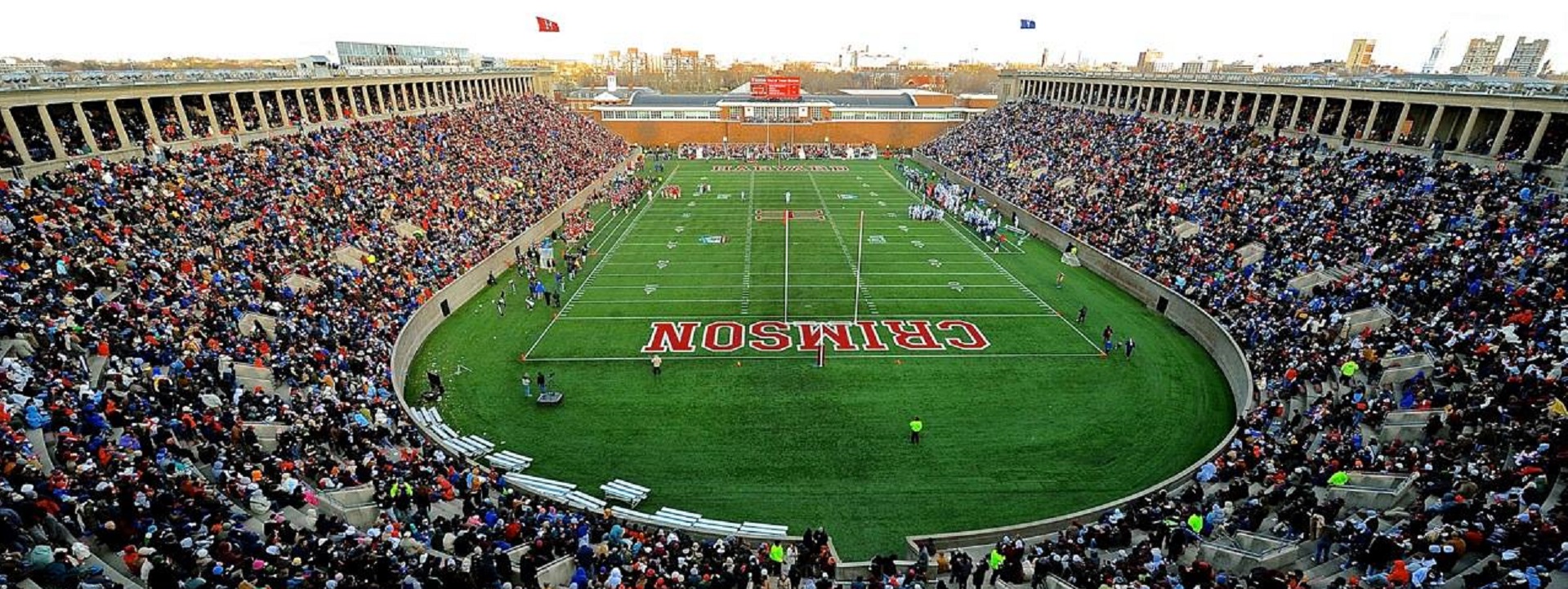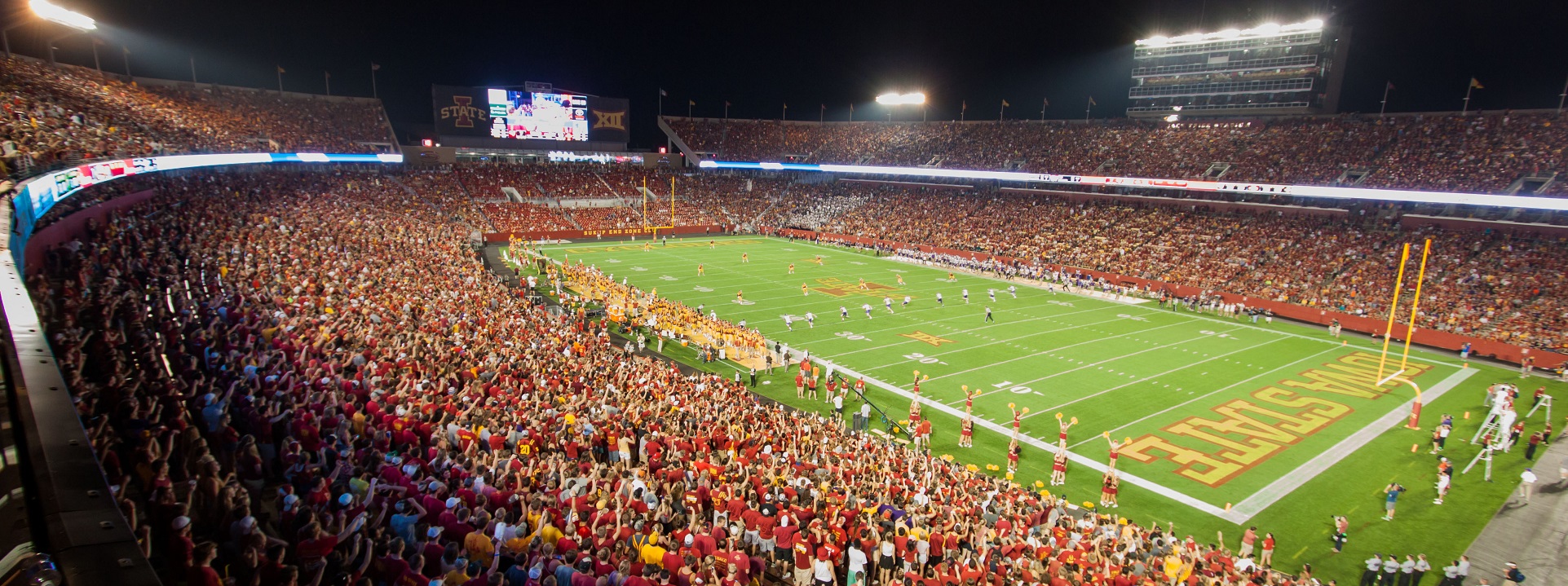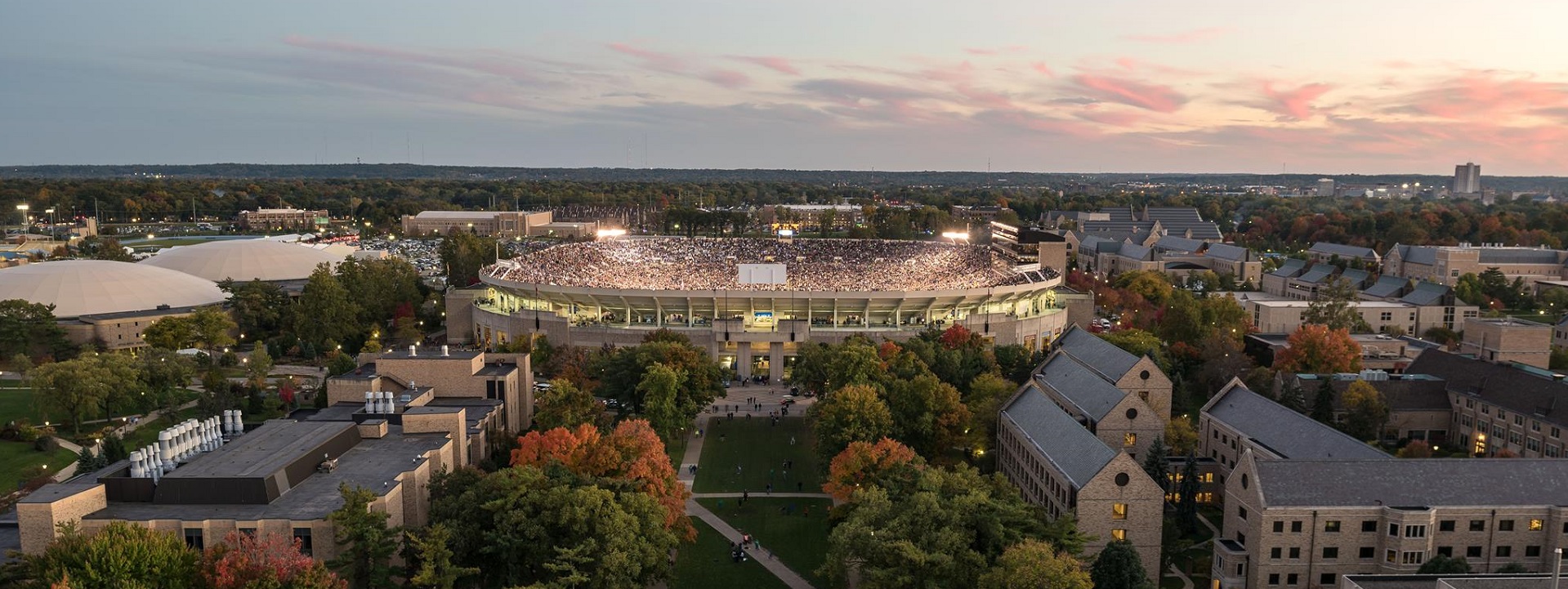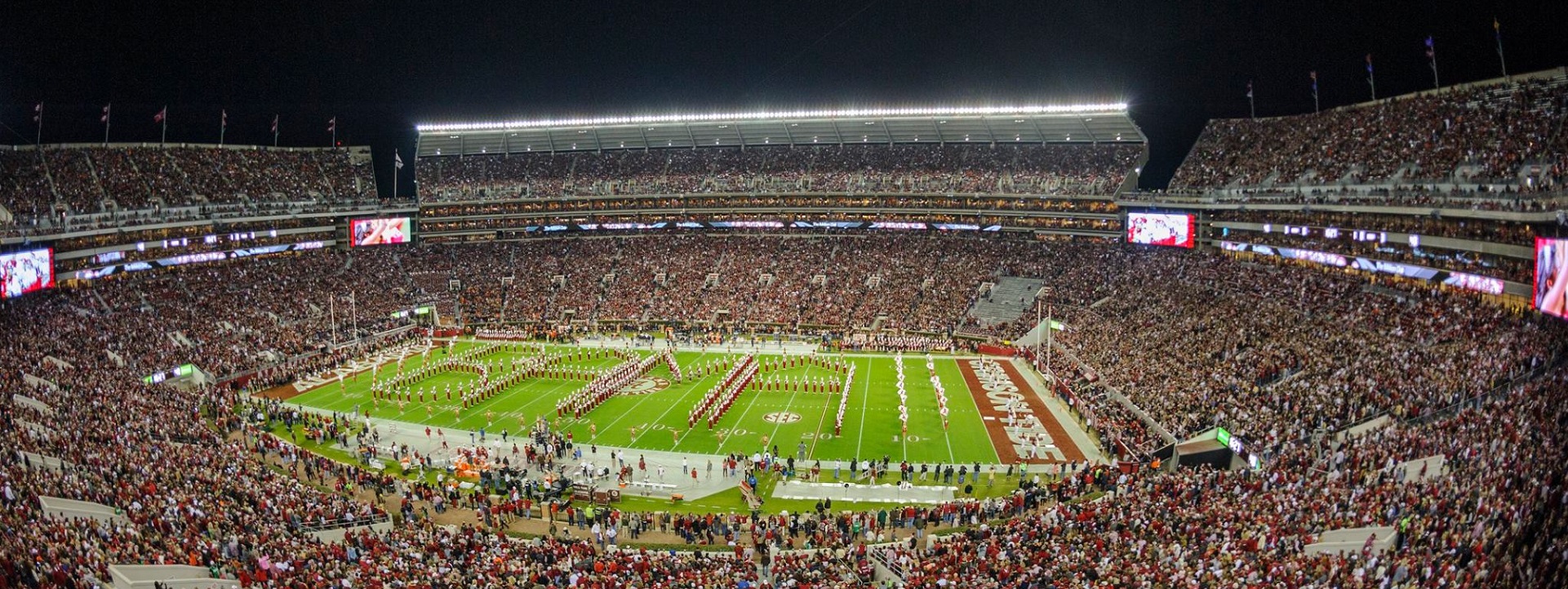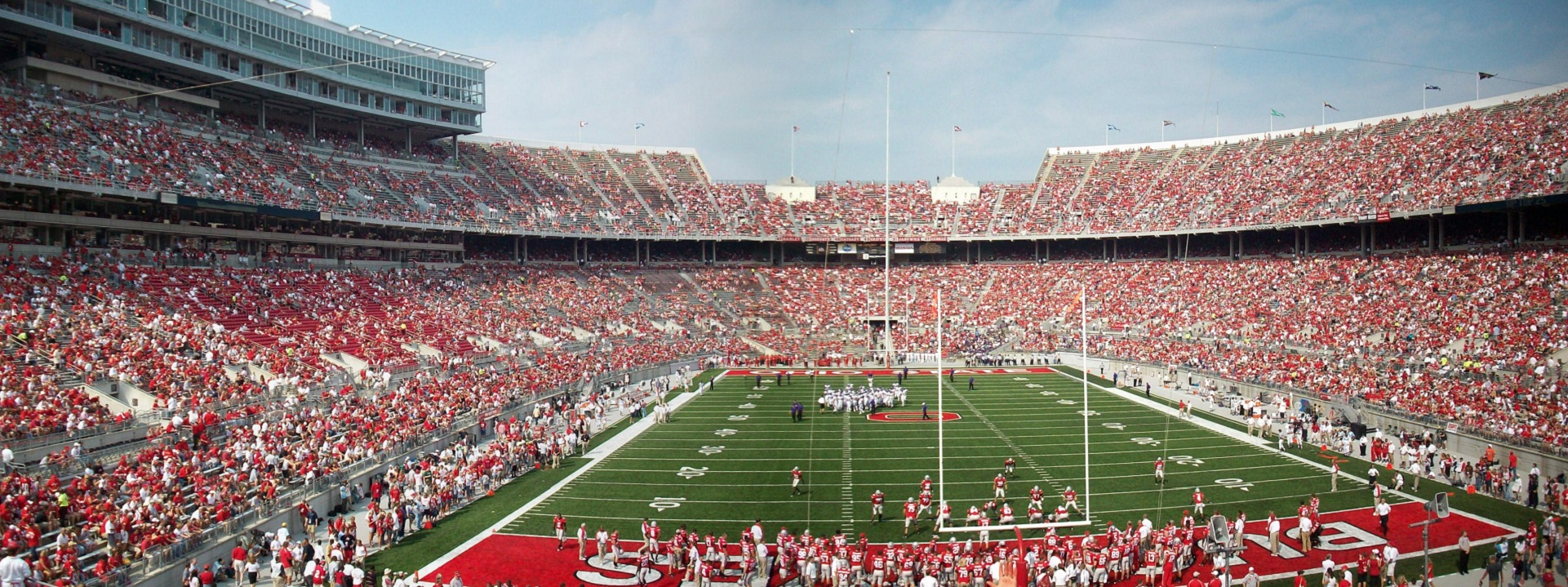“We shape our buildings;
thereafter they shape us.”
Occupancy classification is “first principal concept”; the essential factor in architectural design because it helps determine the appropriate use of a building and the associated requirements for fire protection and life safety. Occupancy classification refers to the categorization of buildings or portions of buildings based on their intended use and the activities that will occur within them. The International Building Code provides a set of standards for occupancy classifications that are used by architects and building officials to ensure that buildings are designed and constructed to meet the necessary safety requirements. These standards help ensure that the building’s design and construction comply with fire and life safety codes and regulations.
A building that is classified as a business occupancy — as many classrooms and offices are in education communities — will have different requirements for fire protection and life safety compared to a building that is classified as a residential occupancy. Business occupancies may require fire suppression systems, while residential occupancies may require smoke alarms and carbon monoxide detectors. Additionally, occupancy classification affects the number of occupants allowed within a building, the type and size of exits required, the need for fire-resistant construction materials, and the placement and quantity of fire extinguishers and other fire protection equipment.*
International Building Code | Chapter 2 Definitions
International Building Code | Chapter 3 Occupancy Classification and Uses
International Green Construction Code | Chapter 3 Definitions, Abbreviations and Acronyms
2024/2025/2026 ICC CODE DEVELOPMENT SCHEDULE
Chapter 3 Definitions
Chapter 6 Classification of Occupancy and Hazard of Contents
Chapters 12 & 13 Assembly Occupancies
Chapters 14 & 15 Educational Occupancies
Chapters 18 & 19 Health Care Occupancies
Chapters 29 & 30 Hotels & Dormitories
Chapter 40 Industrial Occupancies
NFPA 70 National Electrical Code
ASHRAE International
62.1 Ventilation and Acceptable Indoor Air Quality Occupancy Categories
Institute of Electrical and Electronic Engineers
IEEE Recommended Practice for Electric Power Systems in Commercial Buildings
IEEE Recommended Practice for Electric Systems in Health Care Facilities
* The European Union (EU) does not have an equivalent to the International Code Council (ICC) occupancy classification system. Instead, the EU has its own set of regulations and standards for building safety and design, which vary by country.
The main regulatory framework for building safety in the EU is the Construction Products Regulation (CPR), which sets out requirements for construction products and materials that are placed on the market within the EU. The CPR is supported by national building codes and standards, which are developed and enforced by each member state.
In addition to the CPR, the EU has several directives and regulations related to building safety, such as the Energy Performance of Buildings Directive (EPBD) and the Fire Safety of Buildings Directive (FSBD). These directives and regulations set out requirements for energy efficiency, fire safety, and other aspects of building design and construction.
Overall, while the EU does not have an occupancy classification system equivalent to the ICC, it has its own set of regulations and standards that aim to ensure building safety and design across its member states.



